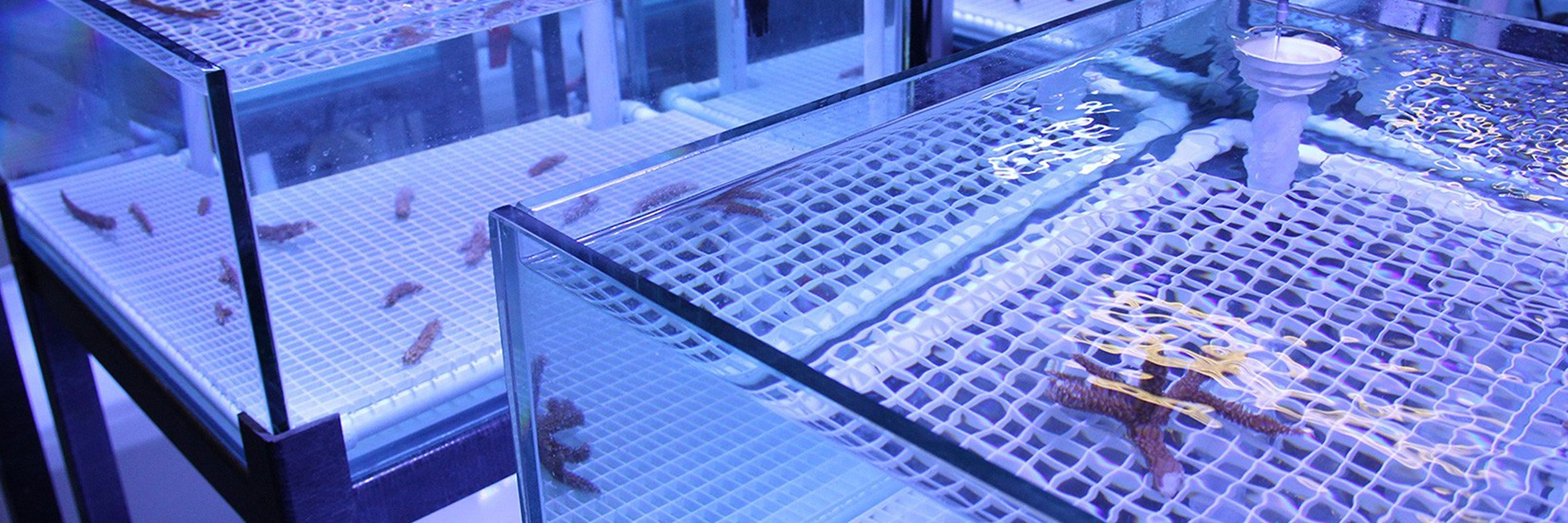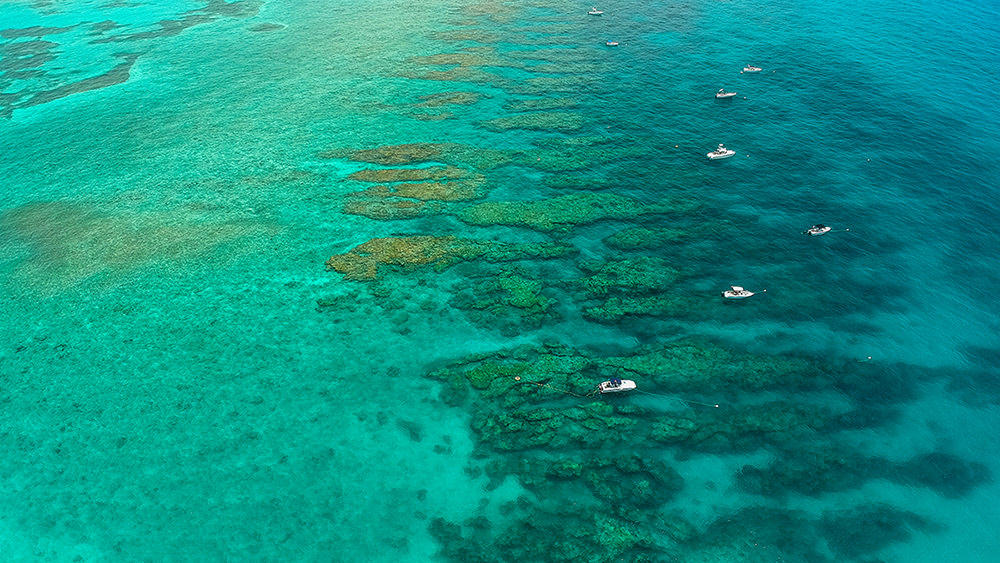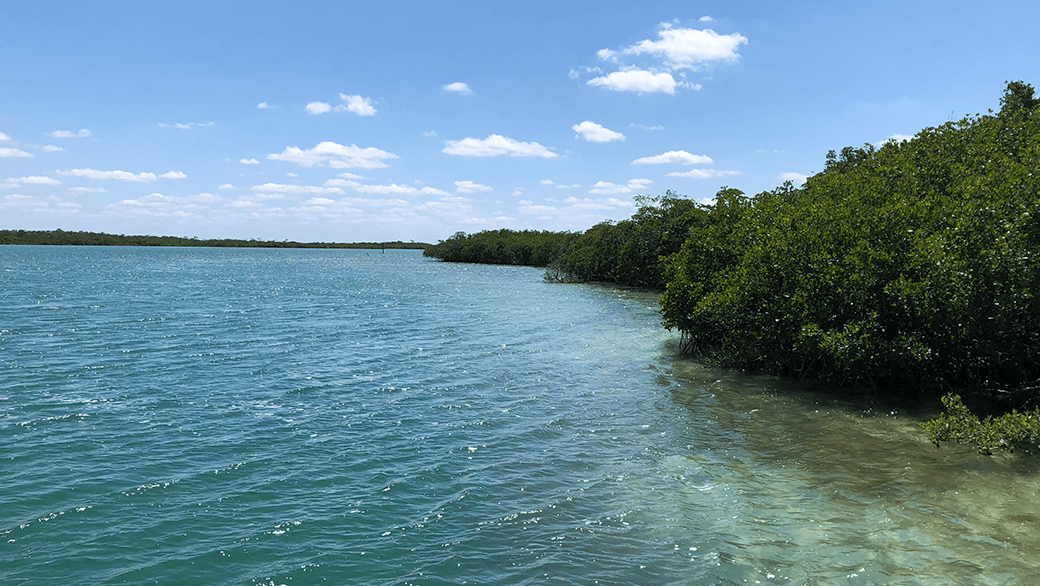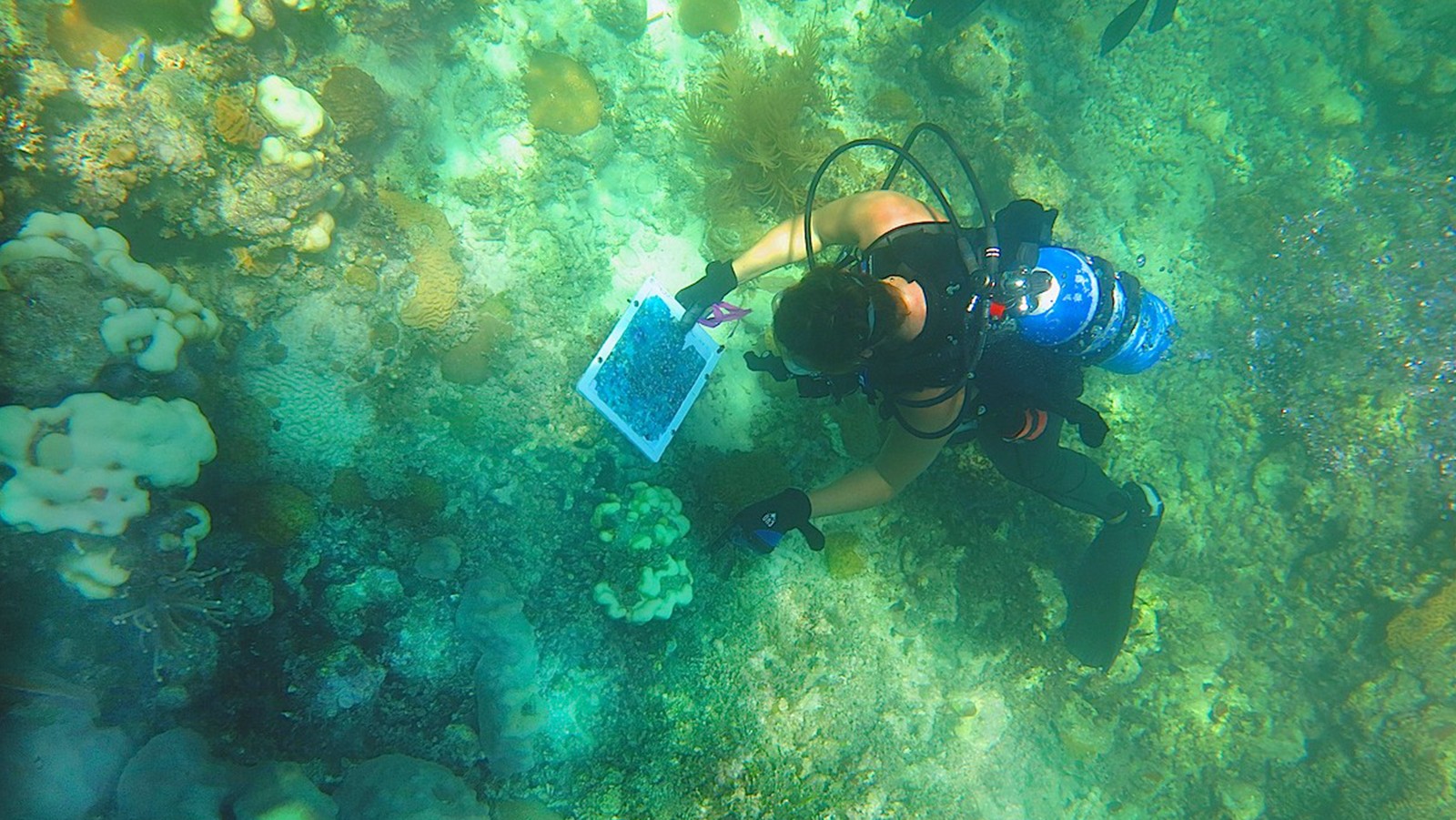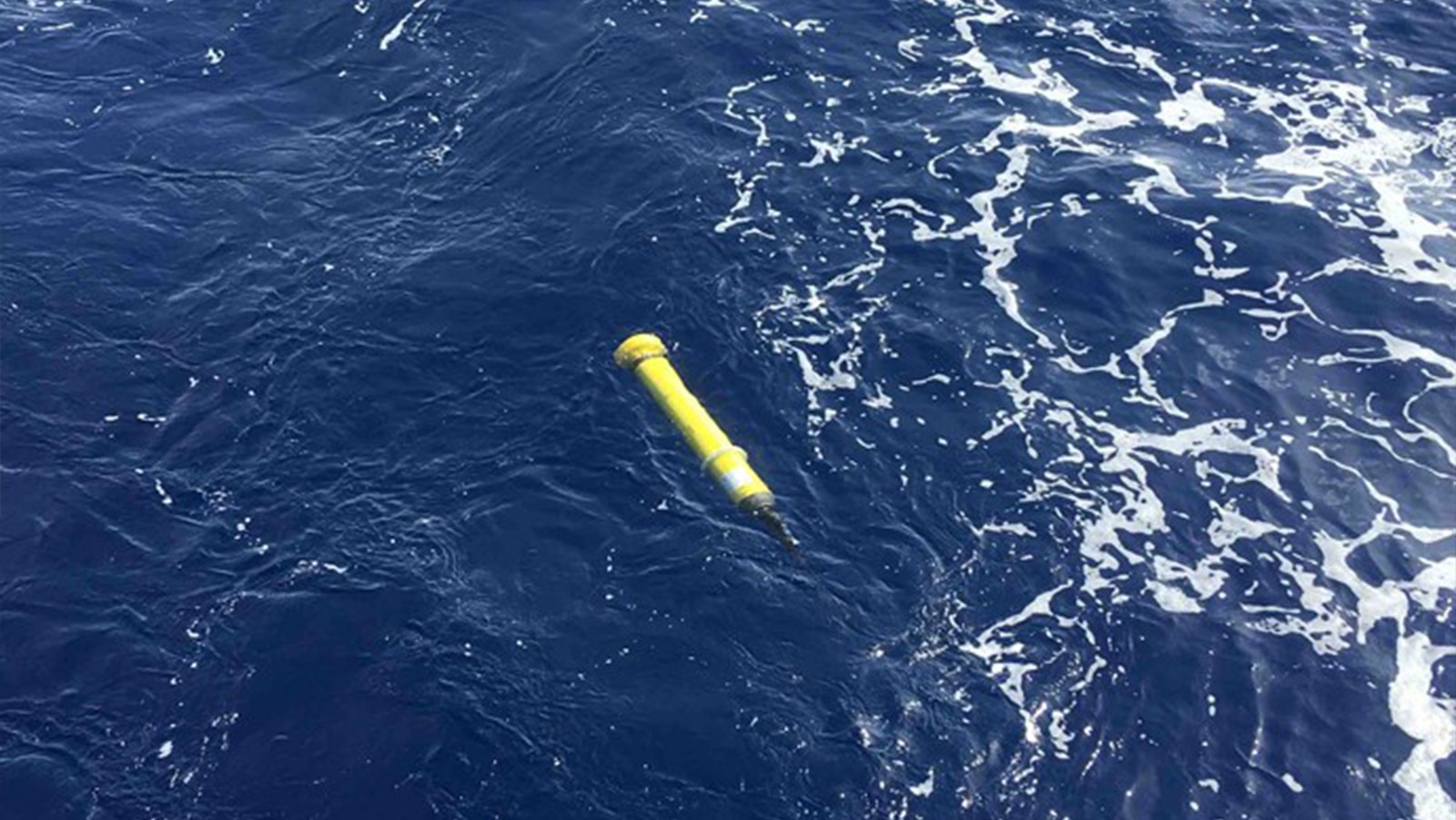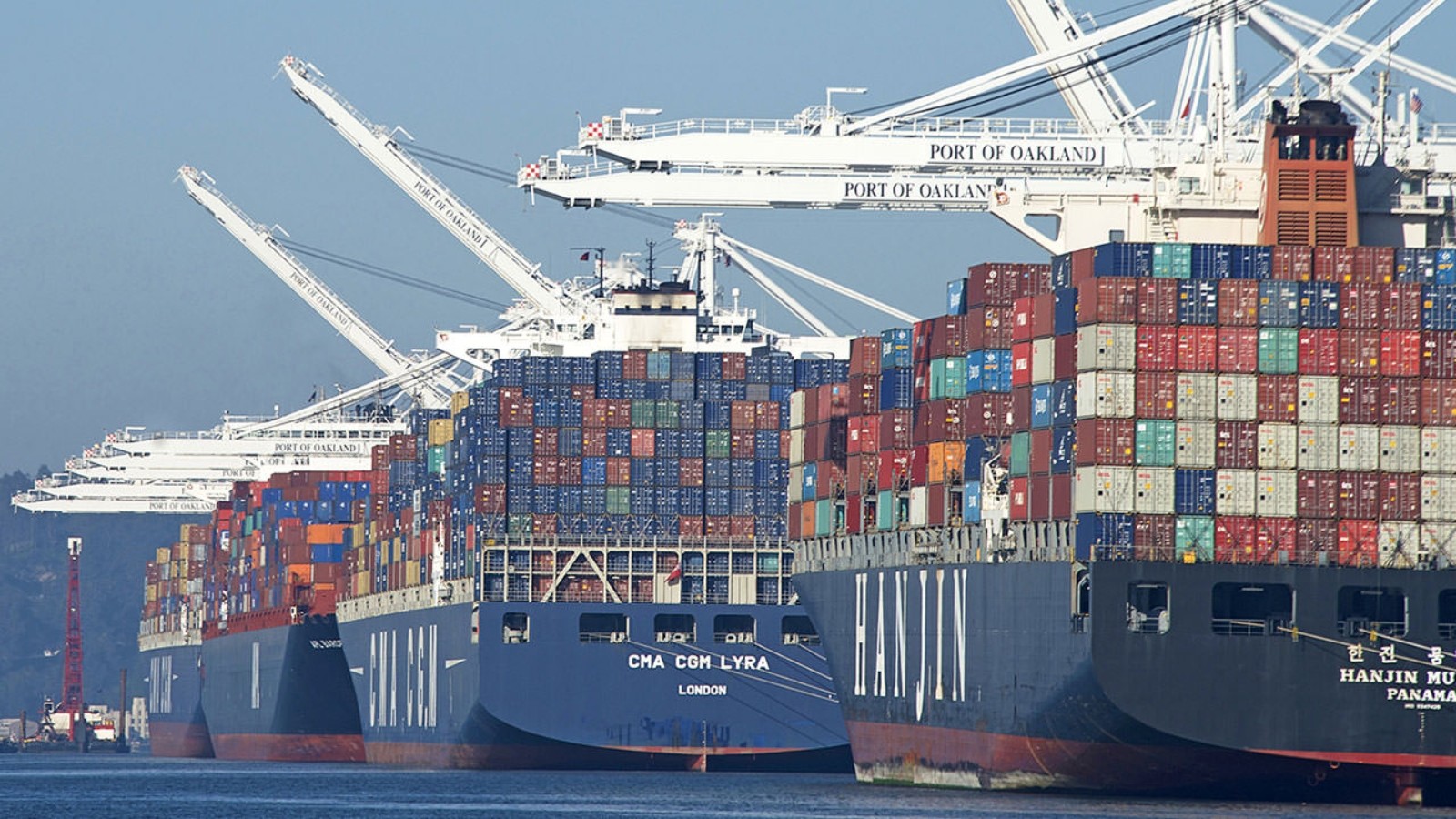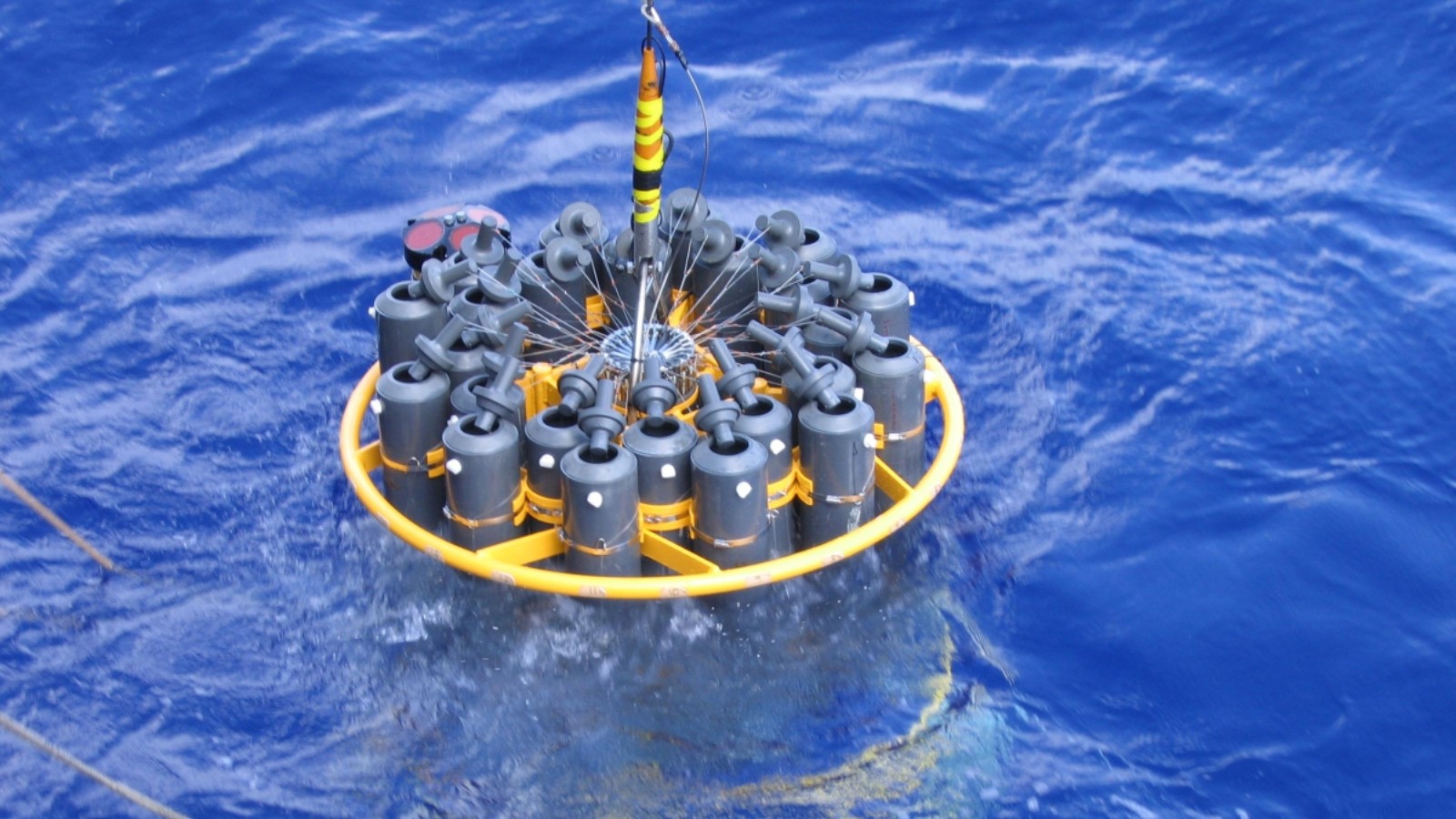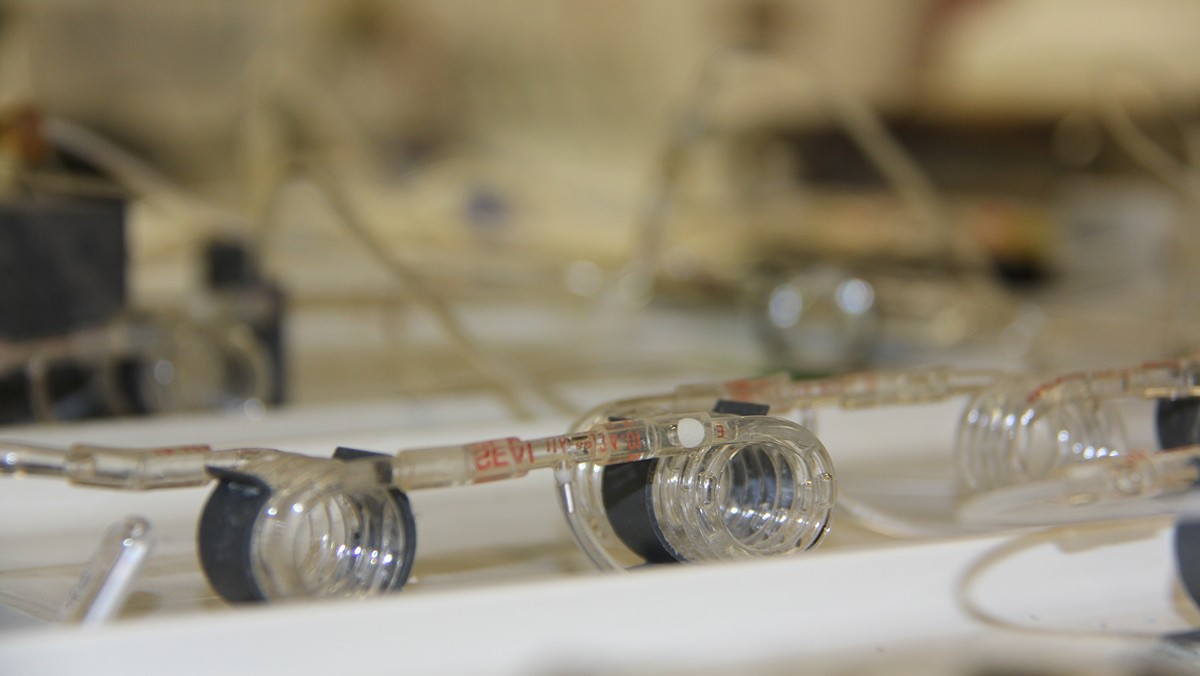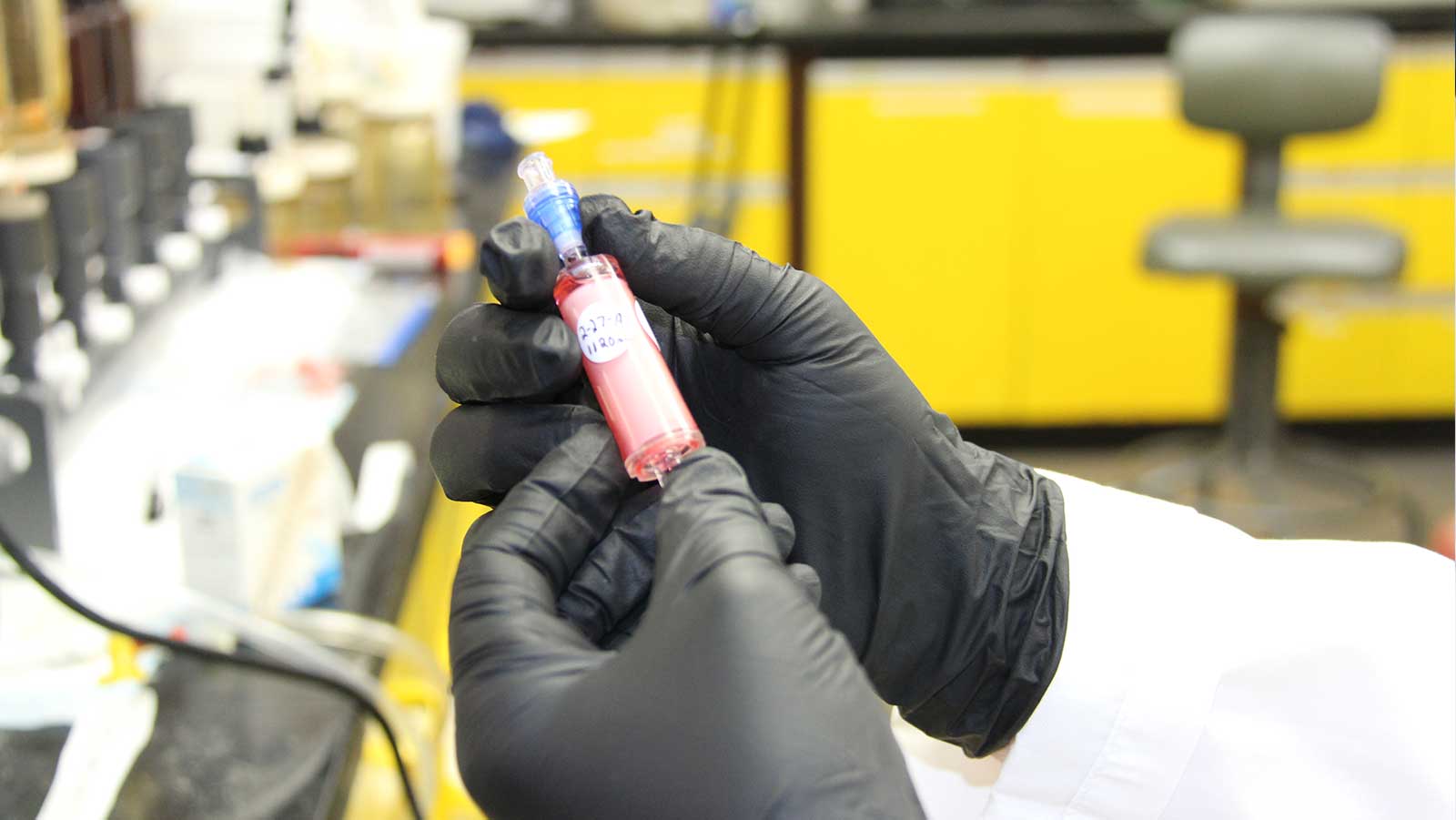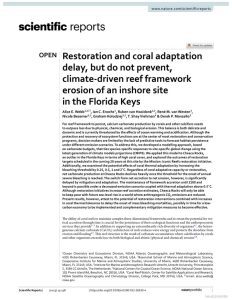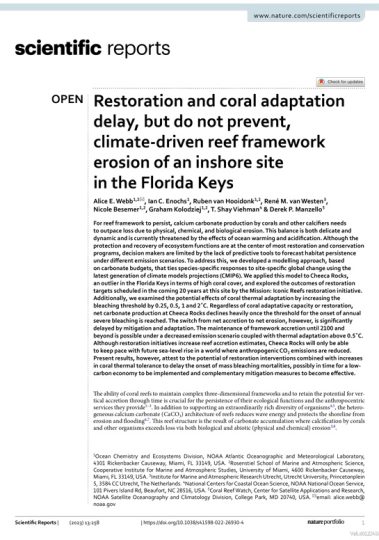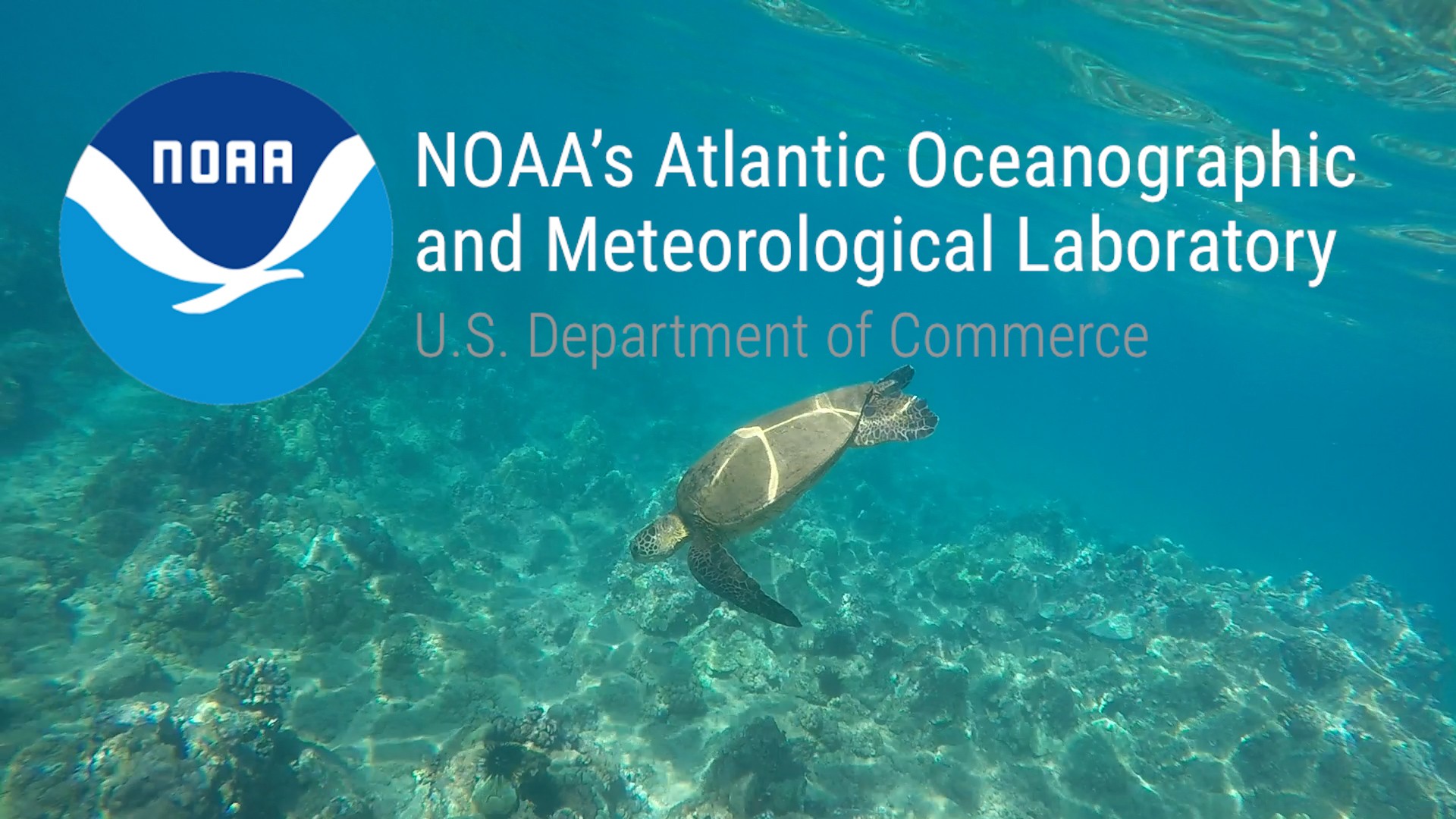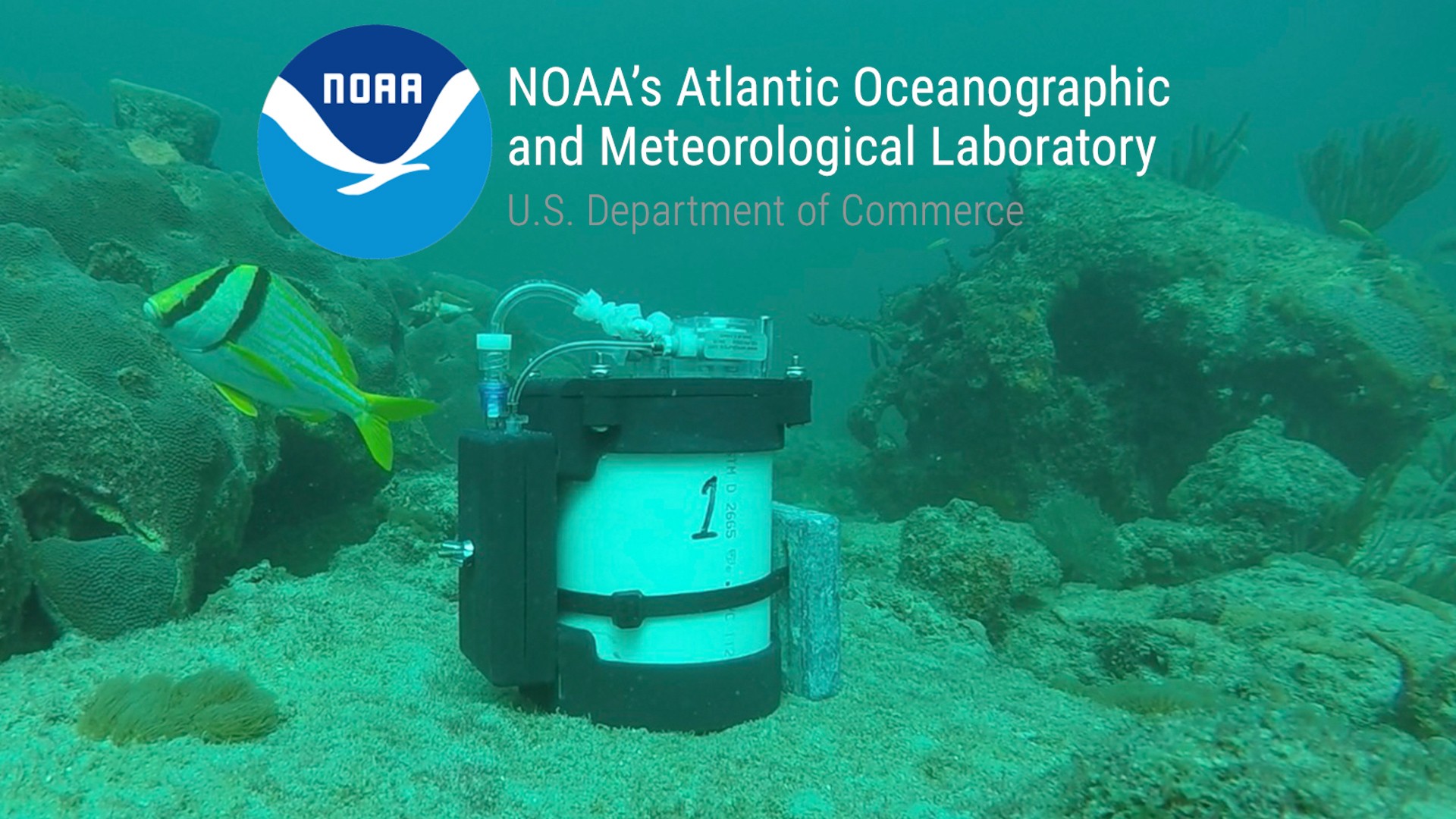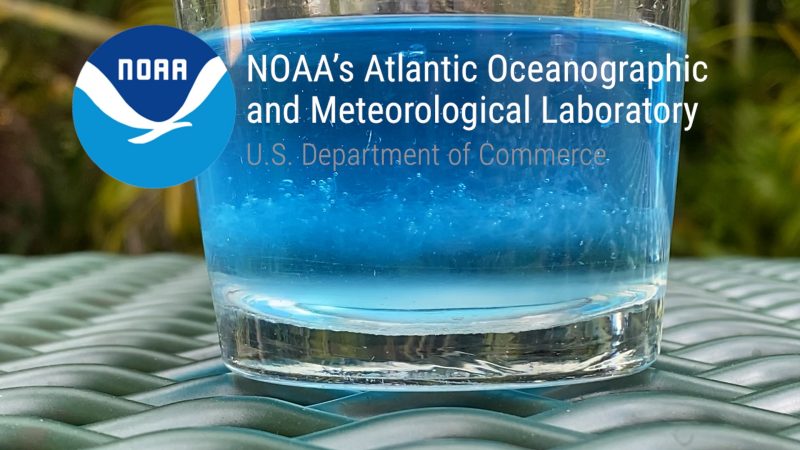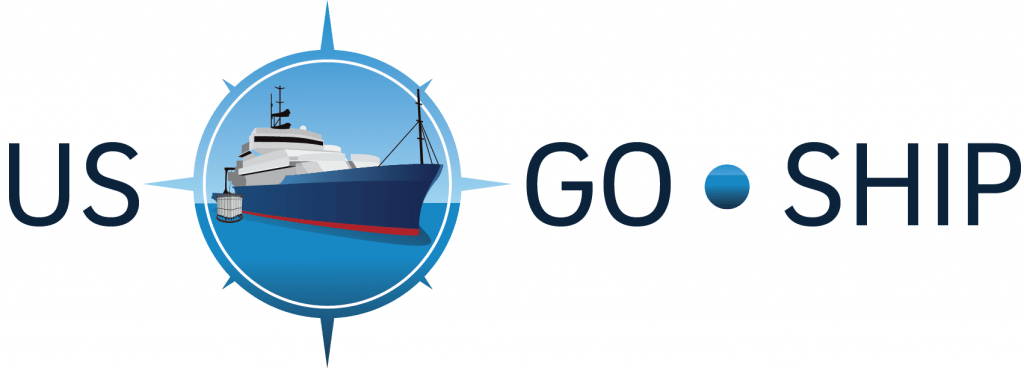Research Projects
Data
We collect and analyze Ocean Acidification, Coral Data, Ecosystem Data, and Carbon Data. Click the thumbnails to visit the Data page and get access.
Featured Publication
Looking for scientific literature? Visit our Publication Database.
Recent News
Engage With Our Science
Research involving Environmental DNA or “eDNA” is an exciting and emerging area of science that can help scientists to manage endangered species, invasive species, and monitor the biodiversity of ecosystems. Learn about environmental DNA through the “Exploring Environmental DNA” video series that covers what “eDNA” is, environmental DNA sampling technology developed at NOAA AOML, and a hands-on activity for DNA extraction.
International Partnerships
Maintain Ocean Observing Networks
GO-SHIP brings together scientists with interests in physical oceanography, the carbon cycle, marine biogeochemistry and ecosystems, and other users and collectors of hydrographic data to develop a globally coordinated network of sustained hydrographic sections as part of the global ocean/climate observing system.
Research Capabilities
Who We Are
| Jasmin John
Deputy Director, Ocean Chemistry & Ecosystems Division
